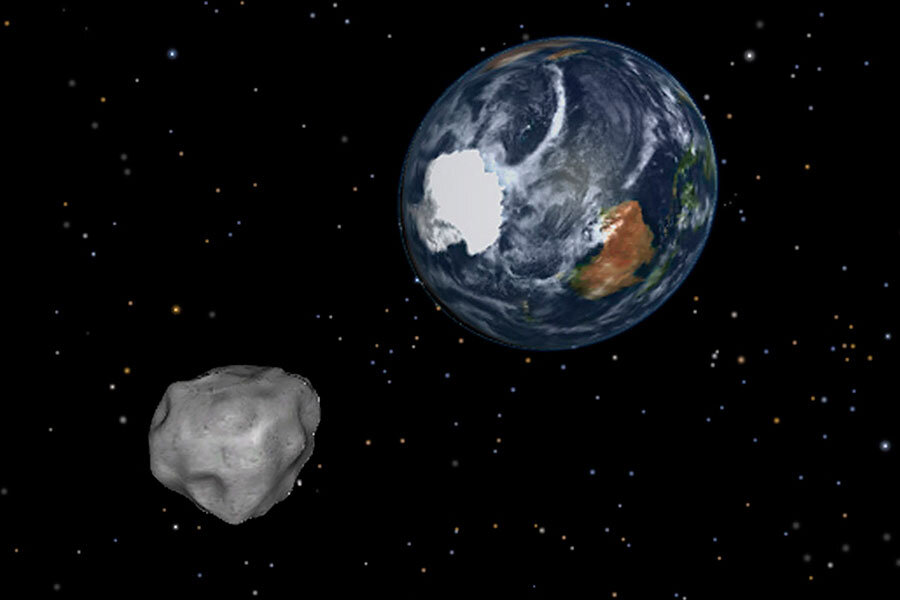Could we stop an asteroid impact? NASA audit raises doubts.
Loading...
| Cape Canaveral, Florida
NASA's effort to identify potentially dangerous space rocks has taken a hit.
On Monday, the space agency's inspector general released a report blasting NASA's Near Earth Objects program, which is meant to hunt and catalog comets, asteroids and relatively large fragments of these objects that pass within 28 million miles (45 million kilometers) of Earth. The purpose is to protect the planet against their potential dangers.
Most near-Earth objects harmlessly disintegrate before reaching Earth's surface. But there are exceptions, like the nearly 60-foot meteor that exploded over Russia in 2013, causing considerable damage.
In a 44-page report, Inspector General Paul Martin said the Near Earth Objects program needs to be better organized and managed, with a bigger staff.
NASA's science mission chief, former astronaut John Grunsfeld, agreed and promised the problems will be fixed.
"NASA places a high priority on finding and characterizing hazardous asteroids to protect our home planet from them" he said in a statement.
According to the report, the program has an executive at NASA headquarters and two offices in Massachusetts and California, each with six employees.
For nearly a decade, the report noted, NASA has been tracking near-Earth objects bigger than 460 feet across. The goal was to catalog 90 percent by 2020.
The space agency has discovered and plotted the orbits of more than 11,000 near-Earth objects since 1998, an estimated 10 percent. It does not expect to meet the 2020 deadline.
The program has insufficient oversight, Martin's office concluded, and no established milestones to track progress. In addition, NASA needs to do a better job of overseeing the various observatories searching for near-Earth objects, and teaming up with other U.S. and international agencies, the report said.
___
Online:
NASA: http://oig.nasa.gov/
NASA: http://neo.jpl.nasa.gov/





